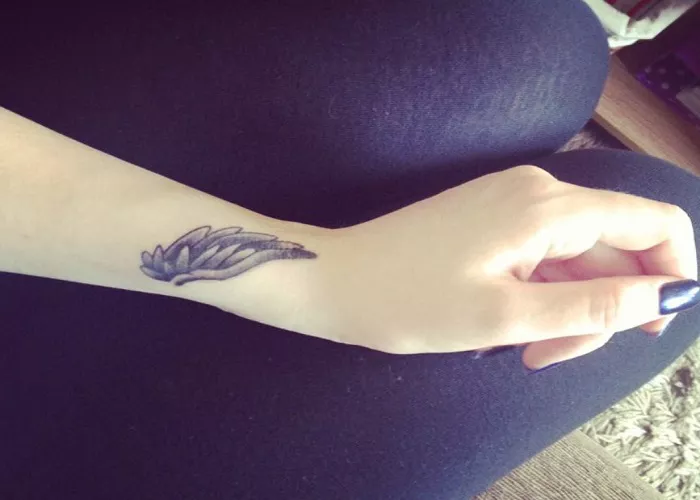In a bid to revolutionize sustainable architecture, an international team of researchers is developing a cutting-edge bioactive coating that could transform ordinary building façades into living, pollution-fighting surfaces.
The project, led by scientists at Graz University of Technology (TU Graz) in Austria and the University of Ljubljana in Slovenia, seeks to embed carefully selected microorganisms into building materials—creating façades that not only enhance structural resilience but also capture carbon dioxide, neutralize air pollutants, and even self-repair.
At the heart of the initiative is a bold concept: using “living ink” to print microbial communities directly onto common construction surfaces such as concrete, metal, and wood. Dubbed “Archibiome tattoo for resistant, responsive, and resilient cities” (REMEDY), the project aims to introduce a new generation of engineered living materials into architectural design.
“This is about bringing buildings to life,” said Dr. Carole Planchette, associate professor at TU Graz’s Institute of Fluid Mechanics and Heat Transfer, who is spearheading the biofabrication efforts. “Our goal is to create functional, self-sustaining microbial layers that contribute positively to urban environments.”
Microbes as Urban Allies
The REMEDY team is designing printable microbial consortia that combine different strains of bacteria and fungi into stable, interkingdom communities. Dr. Nina Gunde-Cimerman, a microbiologist at the University of Ljubljana, is leading the microorganism selection process, drawing from samples taken from existing building façades in the Slovenian coastal city of Izola.
“These microbes aren’t just decorative,” Gunde-Cimerman explained. “They’re chosen for their ability to survive on exposed surfaces and perform useful functions, such as reducing pollution, repairing surface damage, and resisting harmful pathogens.”
In essence, the living coatings would create a protective and regenerative skin for buildings—capable of sequestering carbon, generating oxygen, and breaking down harmful substances in the surrounding air. Researchers say the technology could be particularly transformative as Europe prepares to renovate or construct an estimated 9.4 billion square meters of building façades and roofs over the next 25 years.
Engineering Living Ink
To deliver these microbial systems onto buildings, the team is developing a specialized “living ink” that can be precisely applied using inkjet technology. However, adapting inkjet printers to handle living organisms presents a significant technical challenge.
“Microorganisms typically measure a few micrometers—far larger than the nanoscale particles that conventional printers are designed to handle,” Planchette said. “We’re working to modify both the ink and the hardware to accommodate these biological dimensions.”
To address the issue, TU Graz partnered with Qres Technologies, a Slovakian inkjet manufacturer, and Tiger Coatings, an Austrian company specializing in architectural finishes. Together, they are designing an advanced printing system that can deposit clusters of living microbes while maintaining their viability and structural integrity.
From Fundamental Science to Urban Design
Beyond the engineering hurdles, REMEDY aims to achieve a broader impact by bridging microbiology, synthetic biology, and materials science. The project is coordinated by Dr. Anna Sandak, deputy director at InnoRenew CoE in Slovenia.
“Our ambition is to make a significant breakthrough in the fundamental understanding of microbial behavior on artificial surfaces,” Sandak said. “At the same time, we’re developing a real-world application that offers personalized, eco-friendly solutions for architecture and urban design.”
If successful, the REMEDY project could redefine the role of building exteriors—turning passive walls into active environmental allies, capable of cleaning air, storing carbon, and healing themselves. It’s an ambitious vision, but one the researchers believe is increasingly essential in the face of climate change and urbanization.
“The façades of the future won’t just be barriers—they’ll be breathing, living parts of the city,” Planchette added.
Related topics:

